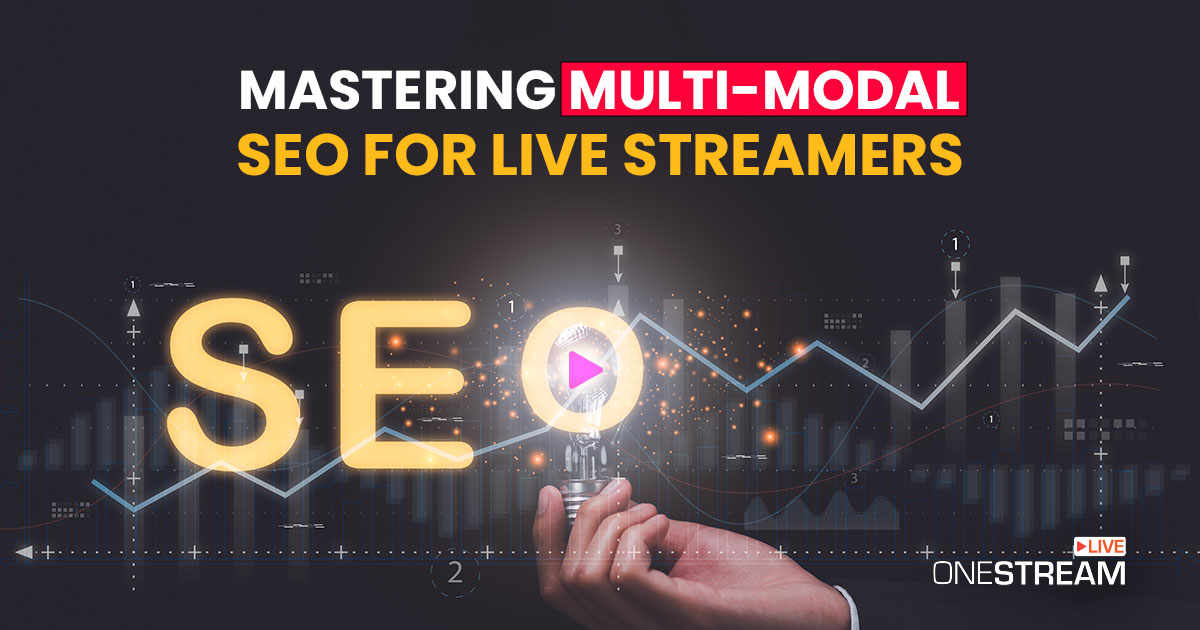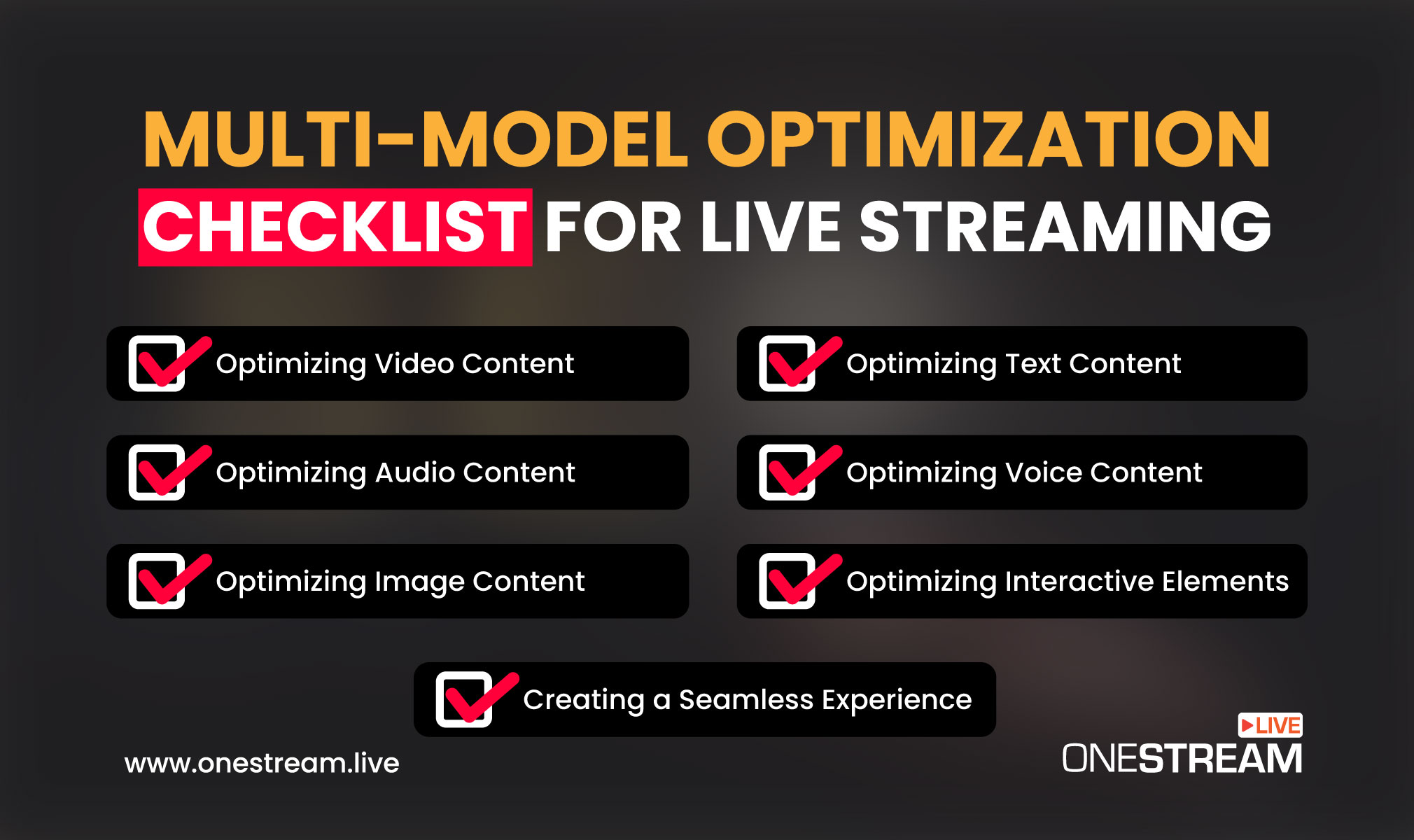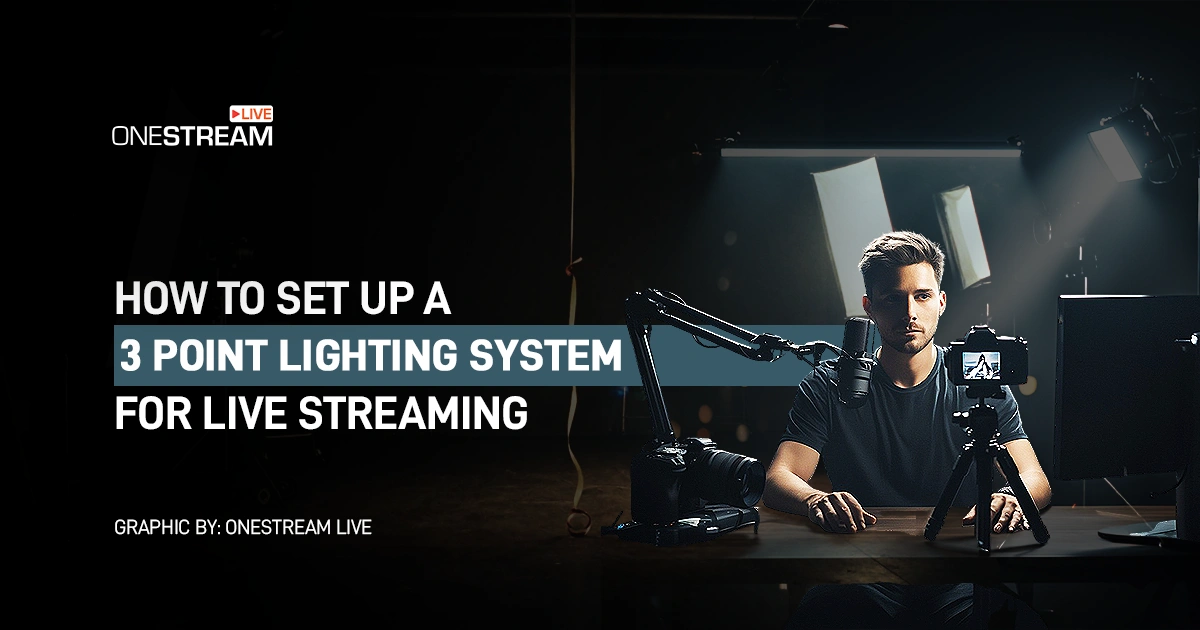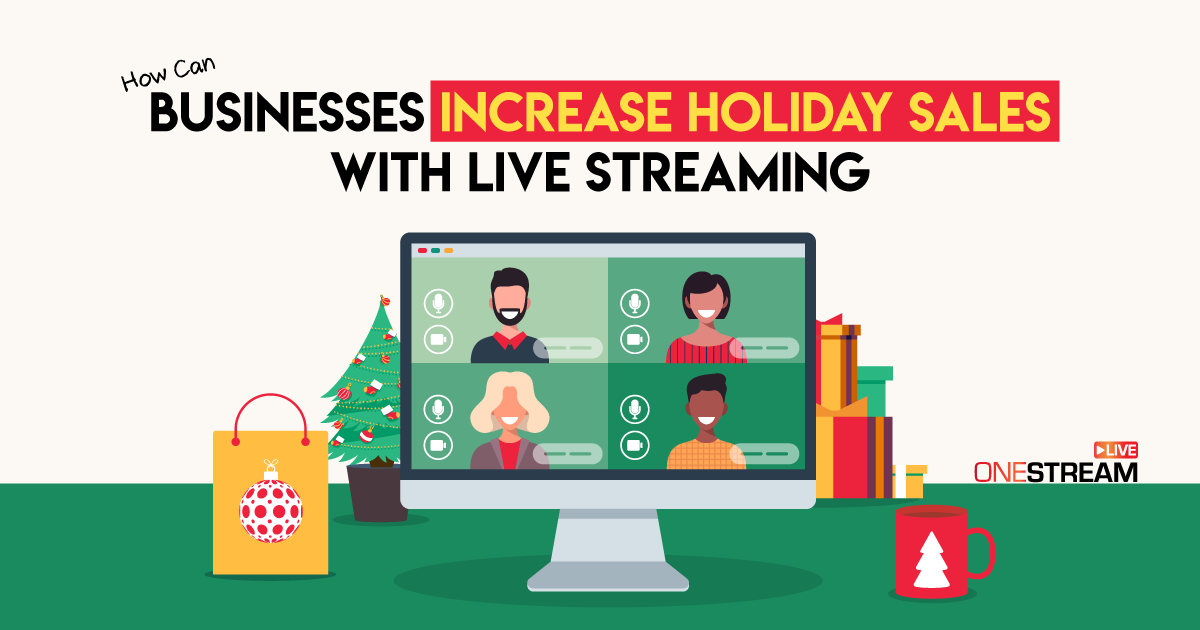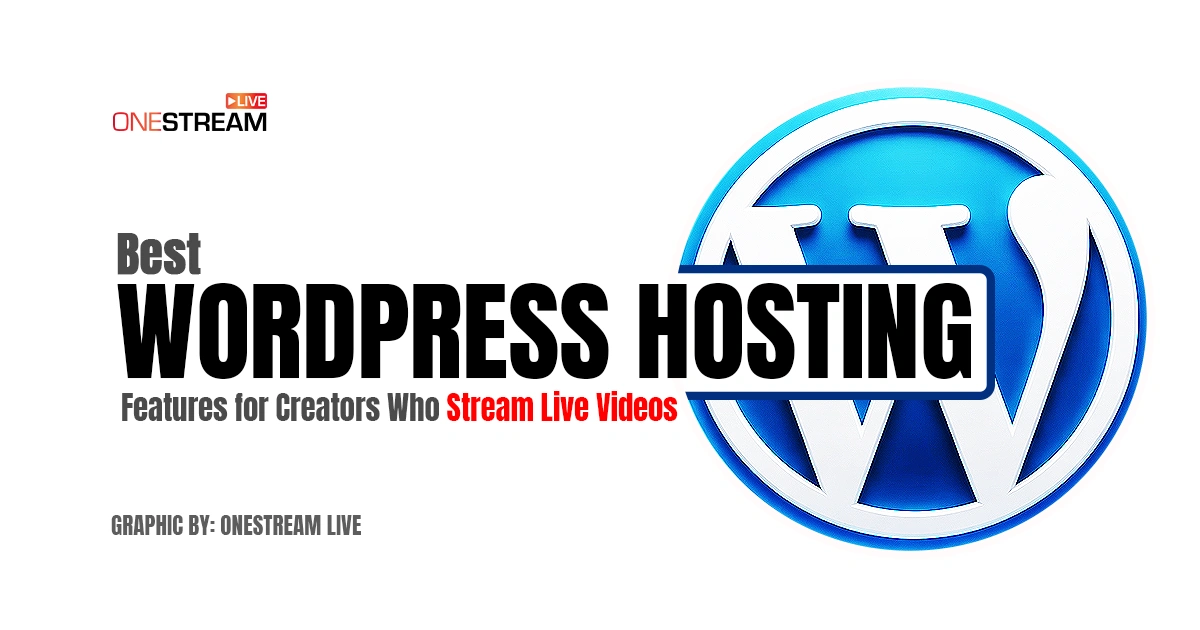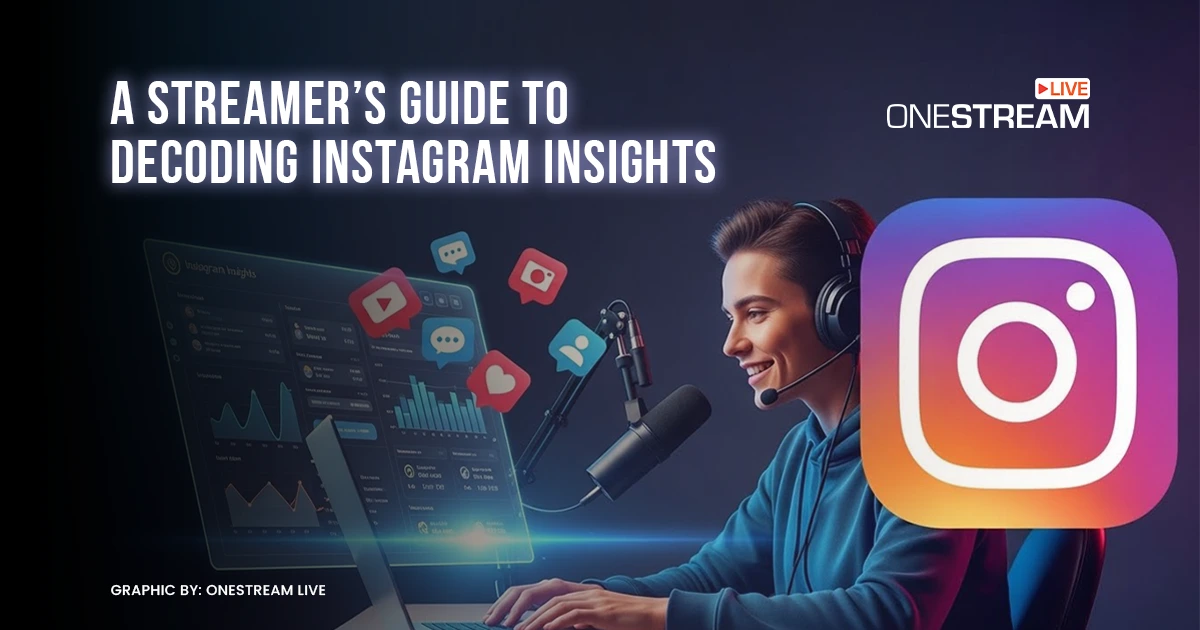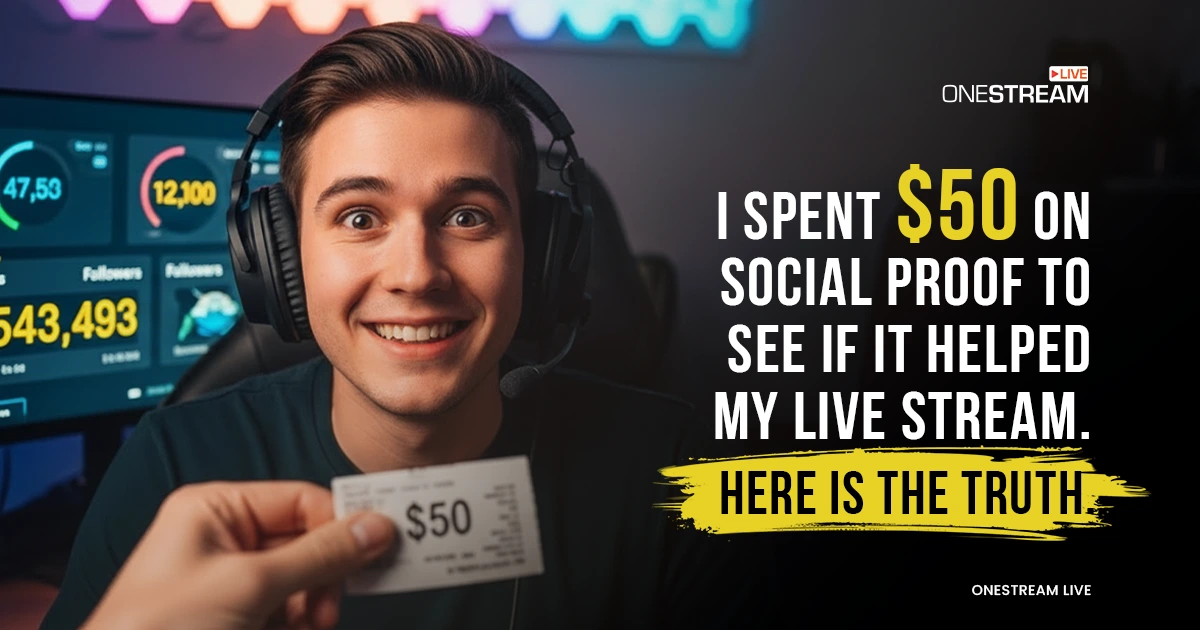In today’s competitive live streaming landscape, standing out requires more than just captivating content. To truly maximise your reach and engagement, it’s essential to adopt a multi-modal SEO strategy. By leveraging video, audio, text, images, and interactive elements, you can create a more immersive and engaging experience for your viewers, while also improving your search visibility.
Multi-modal SEO offers a host of benefits, including:
- Increased visibility in search engine results
- Enhanced audience engagement through diverse content formats
- Expanded reach by catering to different preferences and platforms
- Improved accessibility for users with disabilities
- Strengthened brand identity through consistent messaging across channels.
This article will guide you through the process of implementing multi-modal SEO strategies to elevate your live streaming success.
Understanding Multi-Modal SEO
Multi-modal SEO refers to the practice of optimising content across various formats to improve search engine visibility and audience engagement.
Multi-modal SEO is a comprehensive approach that empowers you to create content that is engaging, accessible, and SEO-friendly, ultimately strengthening your brand’s online presence.
Benefits of Multi-Modal SEO
By combining video, audio, text, images, and interactive elements, you can:
- Increase search visibility: Improve your rankings across different parts of search engines and platforms.
- Enhance engagement by catering to diverse audience preferences.
- Expand your reach by reaching new audiences with diverse preferences and learning styles.
- Improve accessibility: Make your content more inclusive for users with disabilities.
- Create richer, more engaging content: Offer a more immersive and interactive experience.
- Foster a deeper connection with your brand: Build stronger relationships with your audience by providing a variety of content formats.
By implementing multi-modal SEO strategies, you can create content that resonates with a broader audience, improves your search visibility, and fosters a deeper connection with your brand.
Understanding Your Audience
Before diving into specific optimisation techniques, it’s crucial to understand your target audience. By identifying their demographics, interests, needs, and pain points, you can tailor your content to resonate with them more effectively.
Key Questions to Consider:
- Who are you trying to reach? What are their demographics (age, location, gender, etc.)?
- What are their interests and passions? What topics or subjects are they most interested in?
- What are their needs and pain points? What problems are they trying to solve or what information are they seeking?
- What are their goals? What do they hope to achieve by watching your live stream?
By answering these questions, you can develop a deeper understanding of your audience and tailor your content to meet their specific needs and preferences. This will help you create more engaging and relevant content that resonates with your viewers.
Optimising for Multiple Formats
Multi-modal SEO goes beyond just optimising individual content pieces. It’s about strategically combining various media types to enhance user experience and search visibility. Here are some ways to achieve effective multi-modal optimisation within your live streaming content:
- Images & Videos: Optimise visuals with relevant keywords and captions to improve discoverability. Use high-quality images and videos that complement your content. Consider using infographics, animations, or other visual elements to enhance engagement.
- Audio: Include transcripts for your audio content (podcasts, live stream recordings) to enhance accessibility and SEO. Optimise audio quality to ensure a clear and enjoyable listening experience.
- Interactive Elements: Incorporate quizzes, polls, surveys, or calculators to engage your audience and gather valuable feedback. Explore gamification elements like points, badges, or leaderboards to create a more competitive and fun experience.
Multi-modal Optimisation Checklist for Live Streaming
Optimising Video Content
- High-quality video production: Ensure your videos are well-produced with good audio and visual quality.
- Keyword-rich titles and descriptions: Use relevant keywords in your video titles, descriptions, and tags.
- Closed captions and transcripts: Provide closed captions and transcripts to improve accessibility and SEO.
- Metadata optimisation: Use metadata to provide additional information about your videos, such as location, date, and keywords.
Optimising Audio Content
- Podcast creation: Consider creating podcasts based on popular live stream segments or topics.
- Audio clips: Extract audio clips from live streams and share them on social media or podcast platforms.
- Audio transcripts: Provide audio transcripts for accessibility and SEO.
Optimising Image Content
- Unique & relevant: Use visually appealing visuals.
- High-quality images: Use high-resolution and high-quality images that are relevant to your content, but avoid excessively large file sizes.
- Format & size: Use appropriate file formats e.g. JPEG (photos) or PNG (graphics) with optimised file sizes for faster loading.
- Alt text: Use descriptive alt text to provide context for visually impaired users and improve SEO.
- Image formatting: Use consistent formatting and spacing for a visually appealing presentation.
Optimising Text Content
- Blog posts and articles: Write blog posts related to your live stream topics to provide in-depth information.
- Social media content: Use social media to promote your live streams and share text-based content.
- Live chat transcripts: Analyse live chat transcripts for potential content ideas and audience insights.
Optimising Voice Content
- User intent: Understand what information users are searching for with voice assistants related to your live stream content.
- Natural language: Focus on incorporating natural language queries people use to find your content.
- Long-tail keywords: Optimise for long-tail keywords and questions that reflect conversational language.
- Clear structure: Structure your content for easy understanding by voice assistants (e.g., clear headings, concise sentences). You can break down long sentences into short ones without breaking the context using an online paraphraser.
Optimising Interactive Elements
- Quizzes and polls: Engage your audience with interactive elements.
- Calculators and tools: Offer practical tools to provide value to your viewers.
- Gamification: Incorporate elements like points, badges, or leaderboards to enhance engagement.
Creating a Seamless Experience
- Consistency across platforms: Maintain a consistent brand identity and messaging across all platforms.
- User experience: Prioritise a positive user experience by ensuring your content is easy to find, access, and consume.
- Analytics and measurement: Use analytics tools to track the performance of your multi-modal SEO efforts and make data-driven adjustments.
Expanding Your Reach: A Multi-Channel and Multi-Modal Approach
To truly maximise your live stream’s potential, it’s essential to adopt a multi-channel and multi-modal strategy. By strategically combining different content formats and platforms, you can reach a wider audience, enhance engagement, and improve your overall search visibility.
While multi-modal SEO focuses on optimising various formats (video, audio, text, images), a multi-channel strategy involves distributing your content across multiple platforms. This helps you reach a wider audience and connect with viewers where they are most active.
To effectively implement a multi-channel and multi-modal strategy, consider the following:
- Identify target platforms: Determine where your audience is most likely to engage with your content.
- Optimise for each platform: Tailor your content and messaging to suit the specific characteristics of each platform (e.g., length, tone, visual style).
- Cross-promote content: Share your content across different channels to increase visibility and reach a wider audience.
- Analyse performance: Use analytics tools to track the performance of your content on each platform and make data-driven adjustments.
By combining multi-modal SEO with a multi-channel approach, you can significantly enhance your live stream’s reach, engagement, and overall success.
Developing a Content Plan
For successful multi-modal SEO implementation, planning your content is crucial. Consider creating a content calendar to schedule and track your content across different channels. This will help you maintain consistency and ensure you’re regularly delivering valuable content to your audience at the right time.
When planning your content, consider the following:
- Topic and Theme: Choose topics that align with your audience’s interests and your brand’s messaging. This will help you create content that resonates with your viewers and strengthens your brand identity.
- Content Type: Determine the most suitable content format for each topic (e.g. article, video, podcast, social media post). Consider the preferences of your target audience and the strengths of each platform.
- Target Channels: Identify the platforms where your audience is most active. This could include social media platforms (e.g., YouTube, Twitch, Instagram), blogging platforms, or podcasting platforms.
- Keyword Research: Conduct thorough keyword research to identify relevant search terms for each piece of content. This will help you optimize your content for search engines and attract organic traffic.
Cross-Platform Promotion
Once you’ve developed your content plan, it’s crucial to promote your content across different channels. This can help you reach a wider audience and increase engagement. Consider the following strategies:
- Social Media Sharing: Share your content on relevant social media platforms and encourage your audience to share it as well.
- Email Marketing: Send out newsletters or email campaigns to promote your new content.
- Community Engagement: Participate in online communities and forums related to your niche to share your content and connect with potential viewers.
- Collaborations: Partner with other content creators in your industry to cross-promote each other’s content.
By following these guidelines, you can develop a comprehensive multi-channel and multi-modal strategy that helps you reach your target audience, enhance engagement, and improve your overall live streaming success.
Case Studies: Successful Live Streamers Using Multi-Modal SEO
1. Ninja (Tyler Blevins)
Known for his gaming live streams, Ninja’s success can be attributed in part to his multi-modal approach. Ninja has expanded his reach and diversified his revenue streams by creating YouTube vlogs, releasing merchandise, and collaborating with other content creators, as well as being highly active across X, Instagram and Discord too. He even recently started a new podcast starring guest celebrities.
2. PewDiePie (Felix Kjellberg)
Beyond his YouTube empire, PewDiePie has ventured into streaming via Twitch, podcasting, music, and merchandise. He even wrote a book. His diversified content strategy has allowed him to appeal to a broader audience, attract new fans and stay relevant.
3. Pokimane (Imane Anys)
Pokimane’s consistent branding and engaging content across multiple platforms, including Twitch, YouTube, Instagram and Facebook, have contributed to her strong following. In addition to her live streams, Pokimane produces a variety of content formats, including vlogs, short clips, Q&As, Reactions and behind-the-scenes content which helps her cater to different audience preferences and keep her content fresh. She also regularly interacts with her audience, fostering a strong sense of community, and even started her own podcast.
Additional Tips for Implementing Multi-Modal SEO
- Prioritise audience needs: Understand your audience’s preferences and tailor your content accordingly.
- Experiment and iterate: Don’t be afraid to try new formats and content types to find what works best for your audience.
- Collaborate with other creators: Partnering with other content creators can help you reach a wider audience and cross-promote your content.
- Stay updated on industry trends: Keep up-to-date with the latest developments in SEO and live streaming to ensure your strategies remain effective.
Conclusion
By adopting a multi-modal SEO approach, you can significantly enhance your live stream’s reach, engagement, and overall success. By strategically combining various content formats and optimising for search engines, you can create a more immersive and engaging experience for your viewers, while also improving your discoverability.
Remember to prioritise your audience’s needs, experiment with different formats, collaborate with other creators, and stay updated on industry trends to maximise the effectiveness of your multi-modal SEO strategies.
OneStream Live is a cloud-based live streaming solution to create, schedule, and multistream professional-looking live streams across 45+ social media platforms and the web simultaneously. For content-related queries and feedback, write to us at [email protected]. You’re also welcome to Write for Us!

